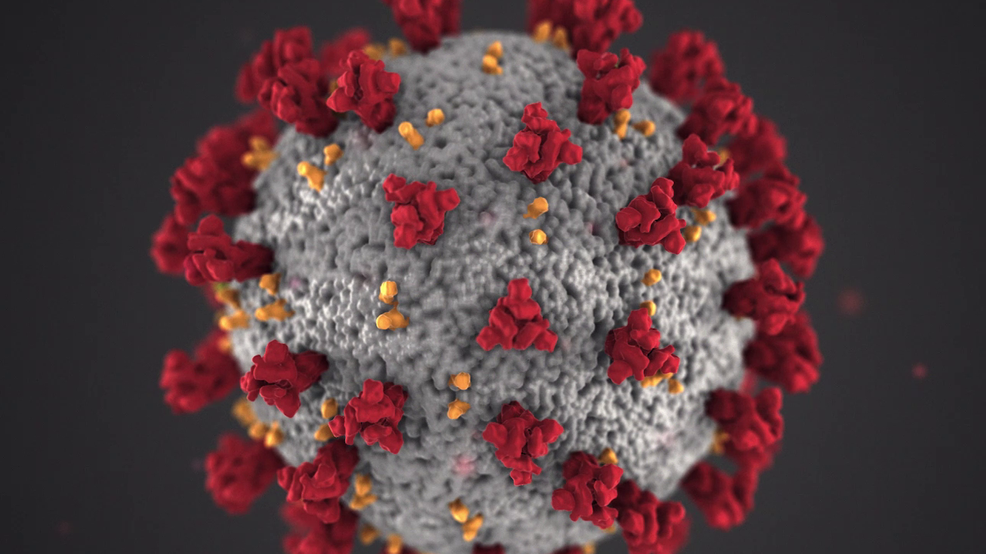Article
Neurologic features of COVID-19 may be present without positive nasal swabs
Author(s):
Informed guidelines are needed to diagnose and treat COVID-19 patients with neurologic manifestations, according to investigators.

COVID-19 is associated mostly with respiratory symptoms; however, the nervous system also can become involved and, interestingly, this can occur despite a negative nasopharyngeal swab.
Informed guidelines are needed to diagnose and treat COVID-19 patients with neurologic manifestations, according to Maryam Salman, a fourth-year medical student studying at the Royal College of Surgeons in the Ireland-Medical University of Bahrain.
These neurologic manifestations have been reported to include headache, paresthesia, anosmia, ageusia, neuralgia, and dizziness and rarely meningoencephalitis, seizures, and immune-mediated neurologic diseases.1,2
Salman and her colleagues investigated the clinical characteristics of patients whose cerebrospinal fluid (CSF) was positive for SARS-CoV-2, with the hope of gaining a better understanding of the viral pathophysiology as it is related to neuropsychiatric manifestations.
The investigators conducted a search of various medical/scientific databases in August 2020 to identify original studies of patients who tested positive for SARS-COV-2 in their CSF.
Search results for neurologic symptoms
The authors identified 525 studies, of which 56 were full-text articles. Of those, 14 articles were ultimately included in the assessment.
Salman and her team reported that 14 patients had CSF that was positive for the SARS-CoV-2 virus. Of the 14 patients, 3 (21.4%) had negative nasopharyngeal swabs despite the positivity of the CSF.3
Two of the 14 patients with positive nasopharyngeal swabs developed neurologic deterioration after they were thought to have recovered from the virus based on negative nasopharyngeal swabs. However, the CSF remained positive for the virus.
The common symptoms exhibited by the 14 patients, according to the authors, were headache (42.8%), fever (35.6%), vomiting (28.6%), cough (28.6), visual disturbances (28.6%), diarrhea (21.4%), and seizures (21.4%).
Four patients (28.6%) were admitted to the intensive care unit, one (7.14%) to a rehabilitation facility, and two (14.3%) died.
Despite the recognition of the positive CSF results, the authors pointed out that the literature does not contain sufficient data to facilitate formation of guidelines.
“More evidence is needed to improve our understanding regarding how results of lumbar puncture influence clinical decision-making in a case series of patients with COVID-19 even if SARS-CoV-2 is not detected in the CSF,” the investigators said.
Salman and her team also noted that more information is needed regarding how clinicians can use information gained from lumbar puncture, such as cell counts and infectious workup, in the management of COVID-19.
“Physicians should be familiar with the presenting neurological features of COVID-19, and be aware that they can occur despite a negative [nasopharyngeal] swab,” the investigators concluded. “The results of this study are intended to aid in the development of informed guidelines to diagnose and treat COVID-19 patients with neurological manifestations,” the authors commented.
References
1. Ellul MA, Benjamin L, Singh B, et al. Neurological associations of COVID-19. Lancet Neurol 2020;19:767–83{Ellul, 2020 #17}. doi:10.1016/S1474-4422(20)30221-0
2. Chen X, Laurent S, Onur OA, et al. A systematic review of neurological symptoms and complications of COVID-19. J Neurol 2021;268:392–402.
3. Salman MA, Mallah SI, Khalid W, et al. Characteristics of patients with SARS-CoV-2 positive cerebrospinal fluid: a systematic review. Int J Gen Med 2021;2021:10385-95; doi: https://doi.org/10.2147/IJGM.S333966
Newsletter
Don’t miss out—get Ophthalmology Times updates on the latest clinical advancements and expert interviews, straight to your inbox.





